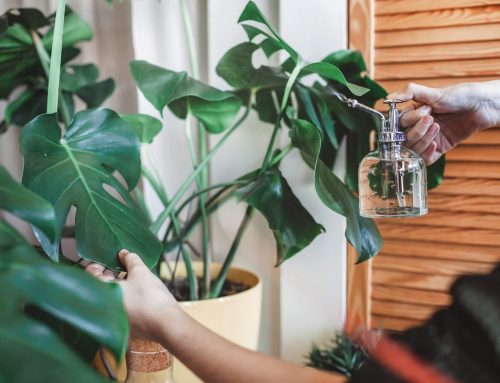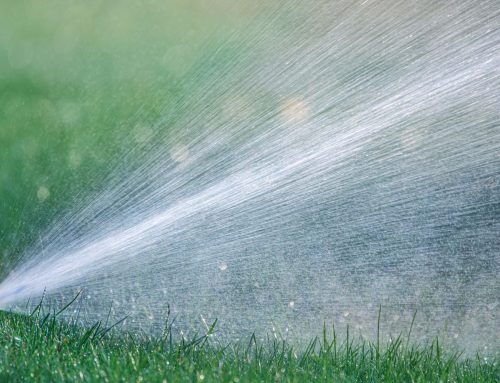Many people who are into gardening or caring for flowers and plants are typically more concerned with their plants getting enough water rather than too much water. However, if you’re new to gardening, you may not realize that over-irrigation can be just as damaging as underwatering your plants.
If you’re a novice gardener looking to learn more about the consequences of over-irrigation, keep reading. In this blog, we’ll go over what irrigation is, how is it damaging to soil, and how to prevent it.
What is Irrigation?
Irrigation is the technical term for watering your plants or crops. Irrigation systems are typical for people who own more significant properties and want to automate how they keep their plants watered or for those in agriculture who want to keep their crops appropriately watered. For smaller property owners, many different types of irrigation systems can be installed, from complex drip systems to simple hose and sprinkler systems. There is no “best” irrigation system. It’s best to choose a system that balances the needs of your landscaping and naturally occurring rainfall throughout the year.
How is it Damaging to Soil?
The problem with over-irrigation is that it affects the aeration and salinity of your soil. It means the roots of your plants means your soil will lose valuable nitrogen and increase the amount of salt. Most plants don’t like to grow in salty soil, so this can stunt the growth of your plants and flowers. If your soil doesn’t have proper drainage, this will result in over-irrigation that can result in low-oxygen conditions and ultimately kill the roots of your plants.
Besides affecting the pH balance, nitrogen levels, and oxygen levels of your soil, over-irrigation also has some other adverse effects on your landscaping. Over irrigation can lead to increased weeds in your soil and many diseases that can shorten your plants’ lifespans and reduce tree health and vigor.
Preventing Over Irrigation
Quite simply, over-irrigation can be prevented by watering your lawn and plants less often. Unless you have sandy soil, daily watering is not necessary and will not allow your soil to dry out and lead to waterlogging. You can also add compost to your soil to help increase your soil’s drainage or plant your flowers in raised beds. If you want to check on the moisture in your soil, you can dig 3-4 inches into your ground and check if the soil is damp or sogging wet. It should be damp but not soggy or muddy. You can also get a soil moisture meter to help you decide. Another option is to create a plan so that you are only watering your property a couple of times a week, change your soil so it drains easier, or pick plants that are happy growing in wet soil.
If you want advice about installing an irrigation system for your property, it’s best to speak to experienced landscape professionals. The team at Cutters Edge is committed to meeting their customer’s expectations by providing highly skilled employees, state-of-the-art equipment, unmatched service and professionalism. Contact us today to discuss your unique landscaping needs.





